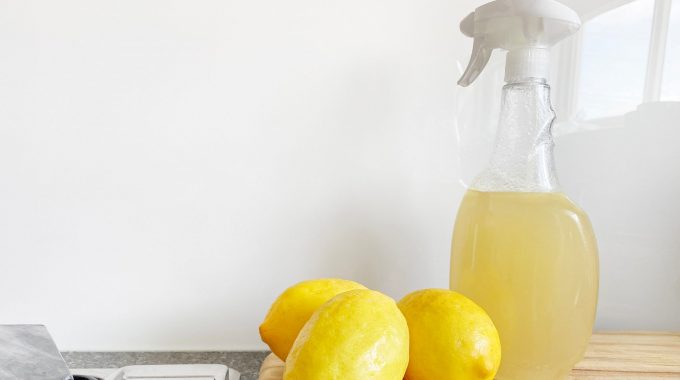
Vinegar as Cleaning Agent: Dos and Don’ts
Vinegar is perhaps one of the most widely used home cleaning agents. It is all-natural and also inexpensive. Just combine it with water and you will already have an all-purpose cleaner. You could use it either pure or undiluted, depending on how you intend to use it for cleaning. Vinegar is very versatile, but contrary to what many believe, you could not simply use vinegar for every dirty surface in your home.
Below is a list of dos and don’ts with using vinegar as a cleaning agent. You may want to check it out first before starting your home cleaning.
Don’ts:
1. Don’t use vinegar in natural stones such as marble and granite countertops. According to Carolyn Forte, director at the Good Housekeeping Research Institute’s Home Appliances and Cleaning Products lab, vinegar is acidic and it causes etching in natural stones. Instead of using vinegar, warm water and mild liquid dish detergent work best for these types of surfaces.
2. Don’t use vinegar in stone floor tiles. This type of tiles which are commonly used in bathrooms may not be able to take the acid in vinegar. Stick to water, stone soap and dish detergent instead to avoid damaging the tiles.
3. Don’t use vinegar to clean egg spills or stains. So if you have accidentally dropped an egg on your counter top or on the floor, don’t clean the mess with vinegar. The acidity of vinegar will cause the egg to coagulate, making it more difficult to clean.
4. Don’t use vinegar to clean hardwood floors. There is a mixed opinion as to the use of vinegar solutions for cleaning hardwood floors. While there are people who can attest to the usefulness of vinegar in cleaning their sealed hardwood floors, there have been also reports of damage caused on other hardwood floors. If you have not used vinegar before to clean your hardwood floor, you could test its effect in an inconspicuous area by trying diluted vinegar before using it to clean the entire area.
5. Don’t use vinegar for cleaning upholstery without testing it first in a less conspicuous area.
6. Don’t mix vinegar with bleach since the combination creates a toxic chlorine vapor.
Dos:
1. Use white distilled vinegar for cleaning since it is considered to be most effective in killing germs, bacteria and molds because of its high acidity level. It will also not leave stains on your surface or clothing.
2. Prepare a solution composed of equal parts water and vinegar and put it in a spray bottle. You could use it as your handy all-purpose cleaner.
3. Use a vinegar solution composed of equal parts vinegar and water for cleaning windows and mirrors. This solution is effective in removing streaks and hard water stains.
4. Do substitute your commercial fabric softener with vinegar. Vinegar is not only an effective fabric softener but is also an effective deodorizer for your clothes. You could add it during the rinse cycle.
5. Clean your bathroom with vinegar. It can remove molds, water stains and unwanted odors. You could use undiluted white vinegar to make your toilet bowl shinier.
6. Get rid of stinking garbage disposal by running vinegar through it.
7. Use undiluted white vinegar to get rid of grime on top of your refrigerator and other kitchen appliances.
8. Use one part vinegar and two parts water to clean your microwave. Bring this mixture to a boil inside the microwave and you would be able to easily remove undesirable odors and stuck on food.
9. Remove decals and stickers with vinegar. This might be new to you, but yes, vinegar can be effective for this type of job. Simply spray on undiluted white vinegar on the sticker. Let it sit for a few minutes and then peel it off.
10. Clean shower heads and faucet buildups with vinegar. Simple soak a cloth in undiluted white vinegar and then wrap it around the faucet or shower head overnight.
11. Use undiluted white vinegar to polish your utensils and cutleries.
There are literally hundreds of uses of vinegar at home aside from being a cleaning agent. But don’t use it on some surfaces where it might cause damage. Our list of dos and don’ts could be useful for your home cleaning guide.
